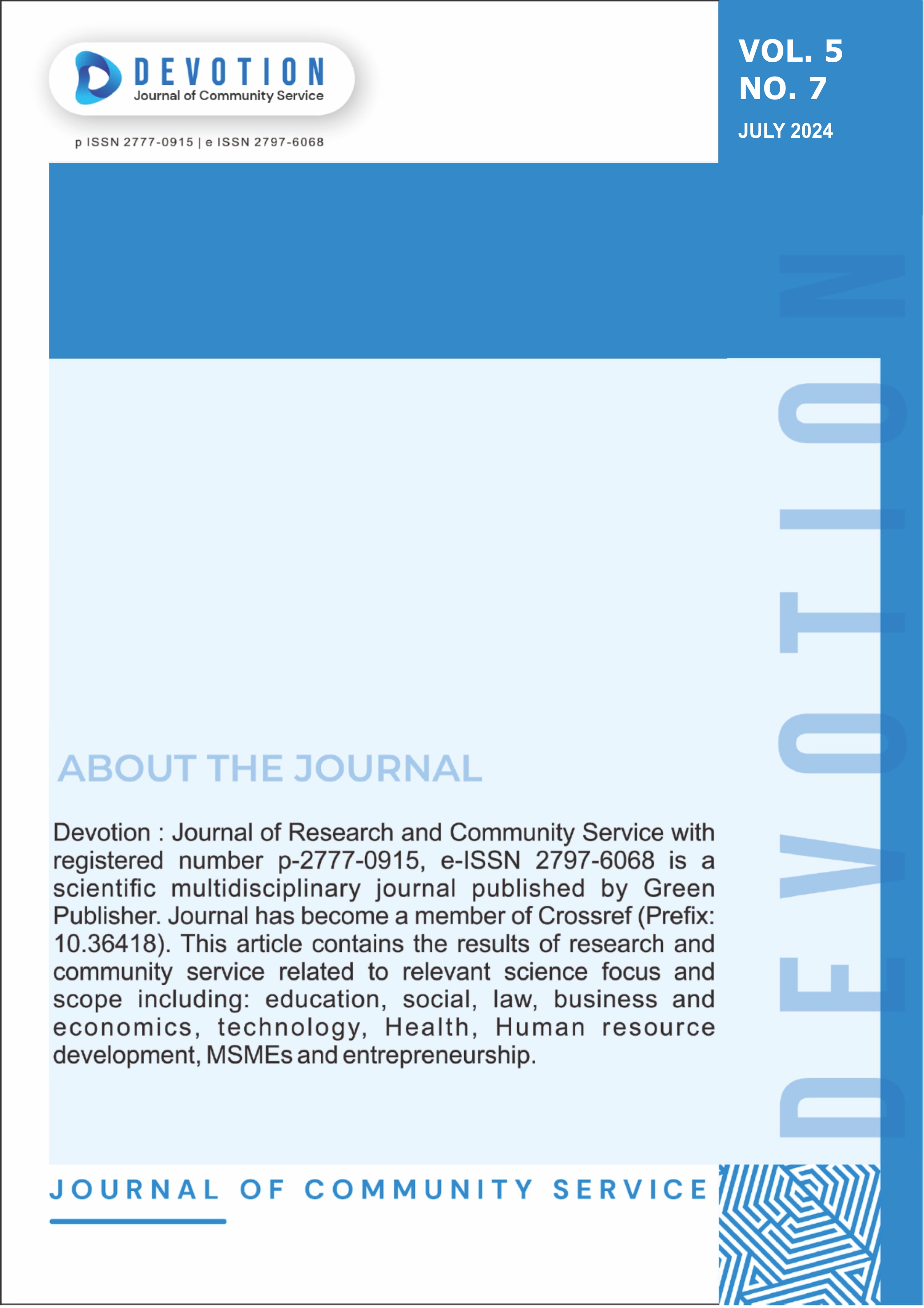Emission Inventory of Central Processing Plant in the Oil and Gas Industry in Central Sulawesi
DOI:
https://doi.org/10.59188/devotion.v5i7.758Keywords:
Inventory GHG Emission, Oil and Gas Industry, Central Processing PlantAbstract
The Central Processing Plant (CPP) in Central Sulawesi, Indonesia, is one of the largest oil and gas industries in the world. This study aims to determine the magnitude of the greenhouse gas emission load and identify the operational facilities that produce the highest GHG emissions from CPP Donggi. The study results show an emission inventory for 2021 is 7.609ton CO2-eq per year or 365.78 tonnes of CO2 per TJ in 2021, for 2022 is 8.084ton C2Eq/355.50 tonnes CO2/TJ, and dan for 2023 is 7.565ton. The three highest carbon emission-generating facilities are the Gas Turbine Generator, Acid Gas Removal Unit, and Oil Heater. The research contributes to understanding the scale and distribution of greenhouse gas emissions from a specific industrial source and aids in directing efforts for emission reduction.
Downloads
Published
Issue
Section
License
Copyright (c) 2024 Achmad Alvinsyah Rasyidi, Arie Dipareza Syafei, Joni Hermana, Abdu F. Assomadi

This work is licensed under a Creative Commons Attribution-ShareAlike 4.0 International License.
Authors who publish with this journal agree to the following terms:
- Authors retain copyright and grant the journal right of first publication with the work simultaneously licensed under a Creative Commons Attribution-ShareAlike 4.0 International. that allows others to share the work with an acknowledgement of the work's authorship and initial publication in this journal.
- Authors are able to enter into separate, additional contractual arrangements for the non-exclusive distribution of the journal's published version of the work (e.g., post it to an institutional repository or publish it in a book), with an acknowledgement of its initial publication in this journal.
- Authors are permitted and encouraged to post their work online (e.g., in institutional repositories or on their website) prior to and during the submission process, as it can lead to productive exchanges, as well as earlier and greater citation of published work.













